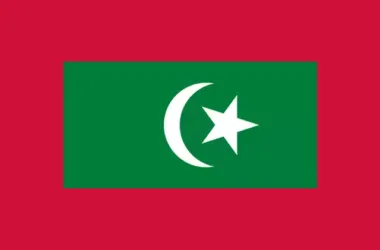Ancient Maldivian architects have built numerous unique structures across the county. Among them, Male’ Hukuru Miskiy is one of the unique structures located in the capital city Male’. Over the past few years, various cultures and civilisations have influenced the Islamic monuments and construction works in the Maldives, especially the coral stone mosques. In this article, I will be summarizing a brief history and architecture of the Male’ Hukuru Miskiy, one of the most historical landmarks in the Maldives
Right in the middle of the Indian Ocean, the location of Maldives relative to many other countries made it a point for trading in the Indian Ocean during ancient times. The country’s past is shrouded in obscurity, even as it is home to thousands. Tourists and traders who decided to settle in the Maldives brought their culture along and this led to the amalgamation of diverse cultures and traditions which would come to influence the country’s popular Islamic structures. The coral stone techniques adopted in the construction of Maldives’ Islamic structures are important because of their uniqueness and quality. So unique that they have been included in the UNESCO World Heritage Tentative List with the Friday Mosque placed at number 1. Coral stones are very important in the identification of the interesting and intricate cultures of Maldives.
Read More: Coral stone Mosques of Maldives: Fenshui Friday Mosque
A brief history of Male’ Hukuru Miskiy
In 1922, an archaeological study and survey of Maldives starting from southern Archipelagos was undertaken by H. T. C Bell. This study of Addu and Fuah Mulak revealed that previous Maldivians were Buddhists through the discovery of ruins of an ancient small Buddhist monastery: coral stone dagaba and stupa. These coral stones were highly similar to those used in the construction of Islamic structures of Maldives e.g. the Friday Mosque. These coral stones were linked to India and Sri Lanka in origin but the old Maldives coral stones lacked the human and animal motifs and murals which are characteristic of their origin.
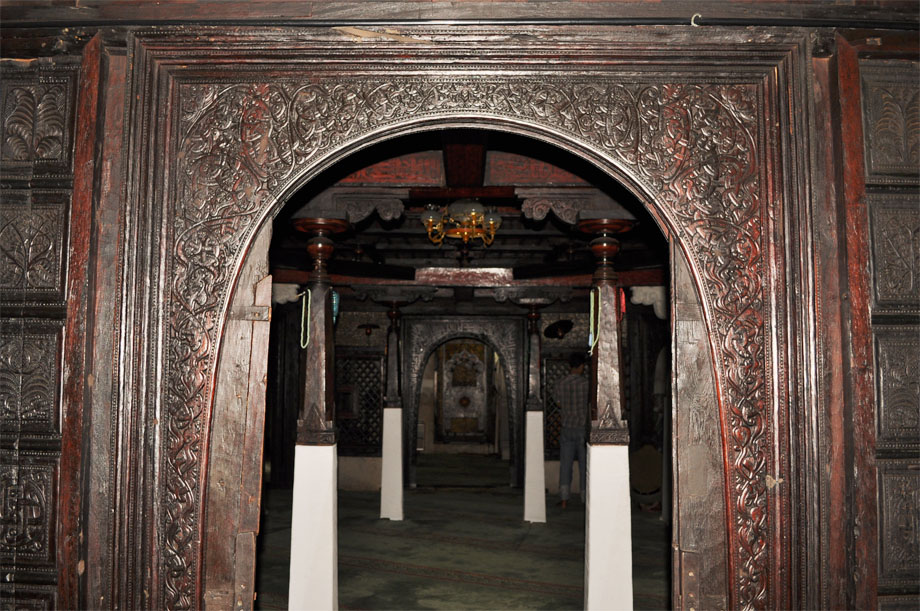
You may also read: Coral stone Mosques of Maldives: Meedhoo Old Friday Mosque
As the treasure trove and the most renowned monument of Maldives, Malé Hukuru Miskiy is made from the best coral stone construction using the most refined architectural skills. This earned it the title of one of the best coral stone structures worldwide. Hukuru Miskiy was built by the first Islamic sultan of the Maldives Sultan Ibrahim Iskandar I in 1154 A.D for prayers. Since the conversion of Maldives to an Islamic country, the mosque has been through a series of replacements (notably 1658 CE) and constructions.
Read More: Coral stone Mosques of Maldives: Ihavandhoo Friday Mosque
Surrounding Structures of the Male’ Hukuru Miskiy
The Sultan wanted the mosque to be a religious and afterlife welfare complex. The Male’ Hukuru Miskiy has a staggering capacity of 300 with important historical semi structures that complement the mosque e.g. the grandeur minaret, a sundial, three coral stone wells and lastly, a cemetery housing coral stone tombstones and mausoleums, encircled by a wall that serves as a boundary. These tombstones and mausoleums have important Maldivian figures carved into them, Hukuru Miskiy’s massive white minaret (locally called Munaaru), made from plastered coral stone with calligraphic adornment is an important tourist centre in the Maldives.
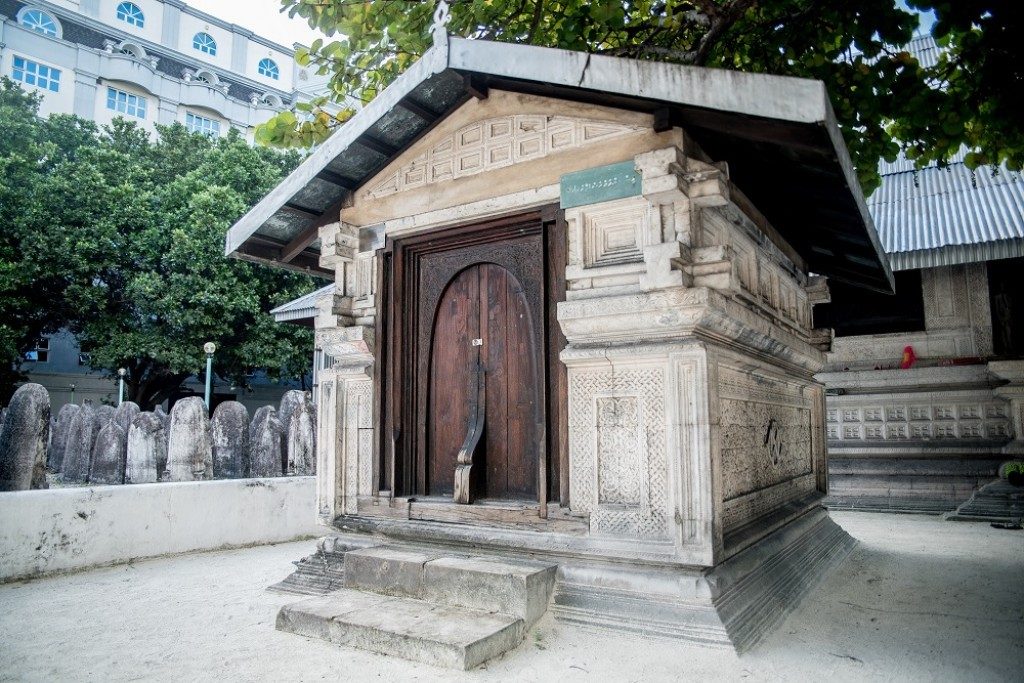
Read More: Top 10 Maldives Eco-Friendly Resorts
Location of the Male’ Hukuru Miskiy
As with many historical treasures, Malé Hukuru Miskiy is situated in the most important part of the country, the capital; Malé. It stands out amidst other impressive coral stone structures and the location of the Male’ Hukuru Miskiy may be key in figuring out how important the mosque was in ancient times. Malé, also known as “Big Blood” was important to old Maldivians as it was the abode of the Kings and Queens of Maldives.
We all know how rulers like to call upon renowned architects and builders to make a monument that would outdo anything that had come before. A structure worthy of their rule. This idea exchange by great minds that must have met in the capital city is said to be the reason that the Hukuru Miskiy is such an immense work of art and architecture when compared to other Islamic structures in the country.
Read More: 10 Best Maldives Family Friendly Resorts with Kids Clubs
Maintenance of the Male’ Hukuru Miskiy
In terms of maintenance, the government greatly maintains the Male’ Hukuru Miskiy with help from UNESCO and the Indian government as observed in the 1988 scientific restoration of the mosque. Like all rural to urban transitions, Malé and subsequently the Hukuru Miskiy lost its vegetation, e.g. trees and flowers for decorations, during its transition.
As the epitome of the Maldivian golden age, the architectural system of the mosque is peculiar to the Maldivians. It stands on a coral stone plinth with a dry joint interlocking system connecting all of its various substructures eg. roof, stone walls, columns, beams, and doors.
Lacquer and Calligraphy work at the Male’ Hukuru Miskiy
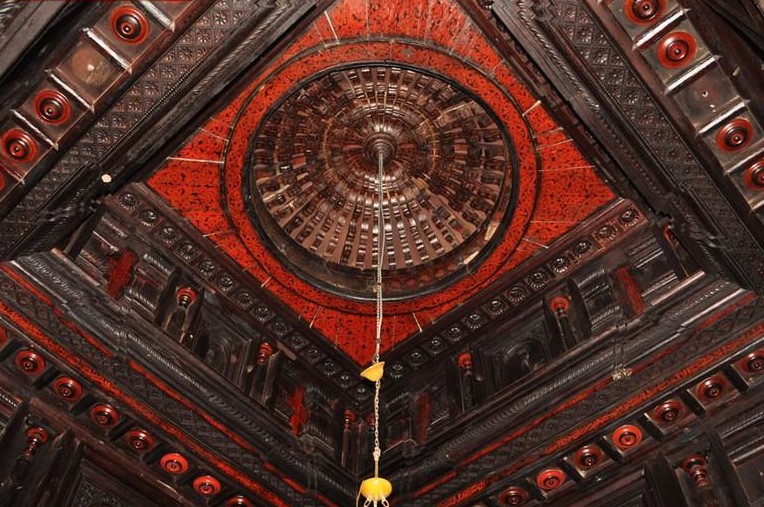
To fully grasp the grandeur of a great work of art and architecture and its beautiful calligraphy, like the Male’ Hukuru Miskiy, you need your five senses. The mosque can be accessed using three entrances with wooden doors bearing elegant decorative carvings. The door leads to ascending stairwells which in turn lead to 2 tall prayer halls and 4 sub-chambers. The large mosque niche that indicates the direction of Mecca (qiblah) called Mihrab houses a small Mimbar (the pulpit where the Imam delivers the Khutbah or sermon in Friday prayers.) There is a resemblance between the carvings of the most and the old Jeli Thuluth calligraphy. There are lacquered and calligraphic timber walls which bear the Quranic and hadith and verses in a symmetrical style of Islamic art just like with the calligraphy.
Read More: 10 Best Maldives Private Island Resorts
The Architecture of the Male’ Hukuru Miskiy
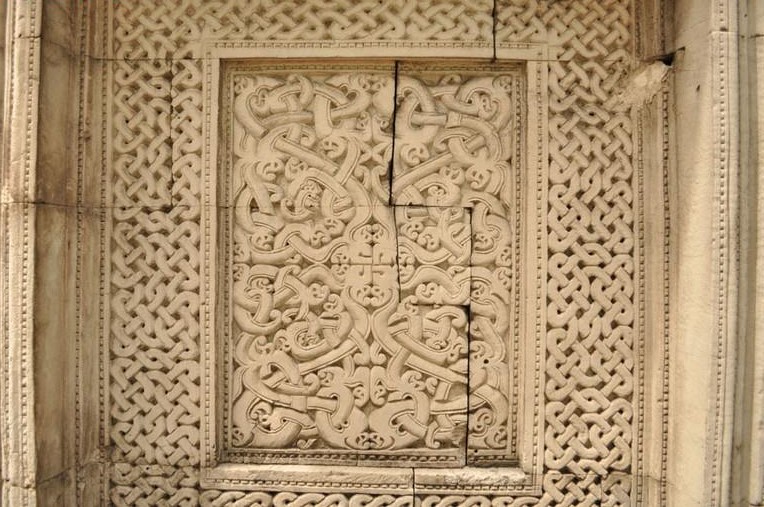
The Male’ Hukuru Miskiy is an indigenous piece of architectural and artistic structure. This can be seen in its grand design and its smallest details. Although much of its history is invincible today, the few structures like the burial sites of former kings and historical figures and its rich and creative use of coral stone and coral stone designs are a testament to this spectacular and incredible work of art. Making a compelling and creative use of calligraphy, glossy resinous coatings and carvings, the Hukuru Miskiy is worth a visit. The mosque is also representative of the rich and diverse history and the interconnected cultures of Maldivians



